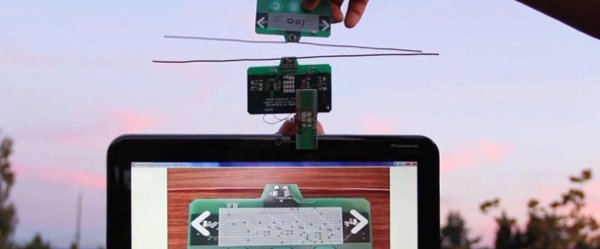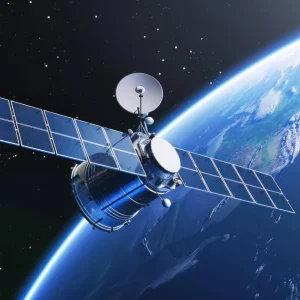
Engineers from the University of Washington have created a new wireless communication system that allows devices to interact with each other without relying on batteries or wires for power.
The ‘ambient backscatter’ reflects already existing TV and cellular transmissions to communicate with other devices and exchange communications.
The researchers built small, battery-free devices with antennas that can detect, harness and reflect a TV signal, which is then picked up by other similar devices.
"We can repurpose wireless signals that are already around us into both a source of power and a communication medium," said lead researcher Shyam Gollakota, an assistant professor of computer science and engineering.
"It’s hopefully going to have applications in a number of areas including wearable computing, smart homes and self-sustaining sensor networks."
This could be an effective solution to situations where wireless signal is needed but there is limited power and could help power the Internet of Things and allow for smart cities with always-on sensors.
By passively harnessing power in radio and TV waves, the signals can travel a distance of up to 6.5 miles from a TV tower with speeds of 1KB per second.






